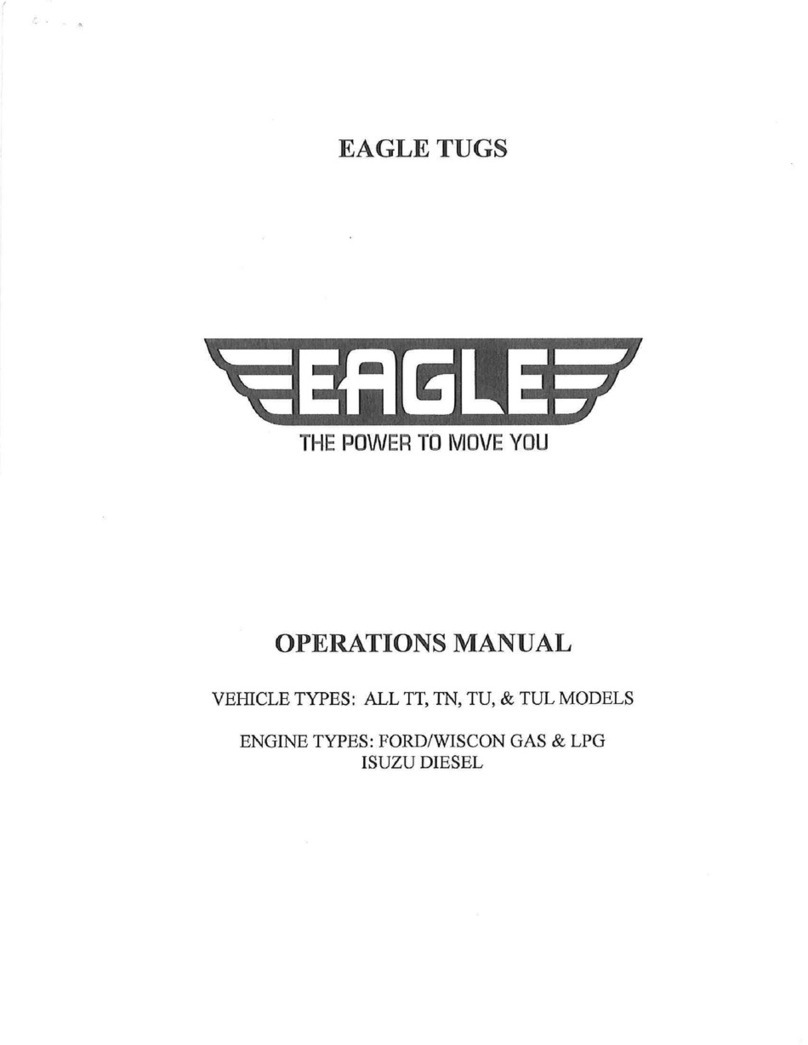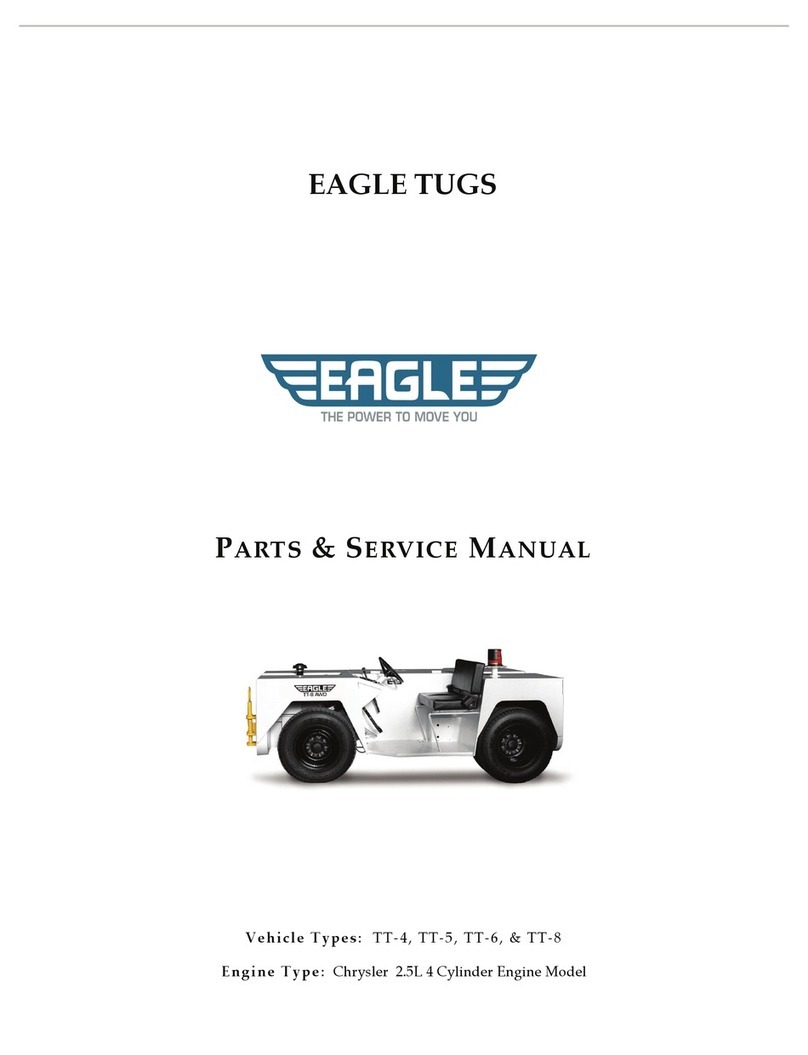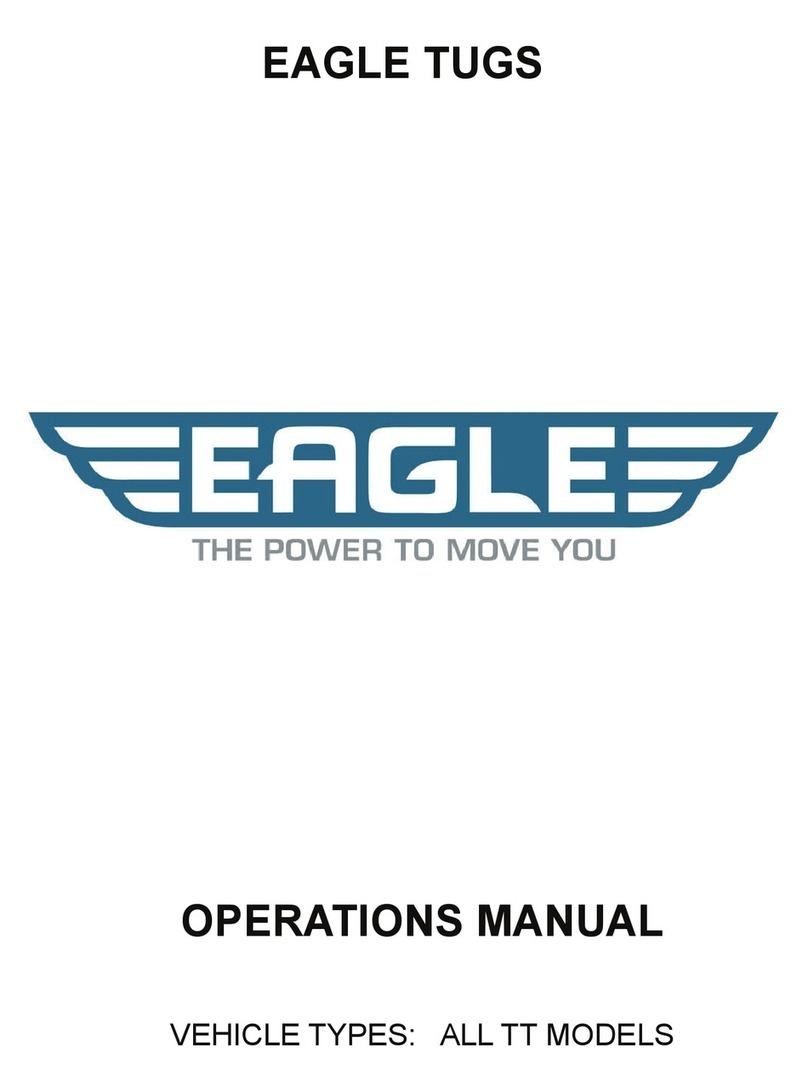
-6
10)The chargershouldbepacked properlyifnot used forlongtime.
Belowisthecharging procedure:
·TurnOffThePowerOfTheWholeVehicle
1)When it’snon-onboardcharger, one setofbatteries, the process isasfollows:
a)Connect chargertoDC receptacleon the vehicle;
b)Connect thechargertoACpower;
c)Turnonthecharger
d)Turnoffthe chargerwhen thebatteriesarefullycharged,disconnectthechargerfromACpowerfirst, then
disconnect the chargerwithACreceptacle;
2)When it’snon-onboardcharger, twosetsofbatteries, the process isasfollows:
a)Disconnect the twoDC receptaclesunderthe driver’sseat, refertoleft picture;
b)Connect thechargerstotheDC receptacles, onechargertoonereceptacles;
c)Connect the chargerstoACpower;
d)Turnon the chargers;
e)Turnoffthe chargerswhen the batteriesarefullycharged,disconnectthechargerswithACpowerfirst,
then disconnectthechargerswithDC receptacles;
f)Connect thetwoDC receptaclesunderthe driver’sseat.
3)When it’sonboard(build-in)charger(s), no matterthereisone set ortwosetsofbatteries, theprocess isas
follows:
a)Connect thecharger(s)withACpower;
b)Turnon the charger(s);
c)Turnoffthe charger(s)when the batteriesarefullycharged, disconnect the charger(s)withACpower;
6. RulesforSafe Operation
The drivershouldhaveagood knowledgeofthe operation systemofthe vehicleand itsfeatures;meanwhile
followthe rulesforsafeoperation.
W
W
Wa
a
ar
r
rn
n
ni
iin
n
ng
g
g:
:
:
lDrivethe vehicleoffroad unless it isallowed.
lThevehiclecannotbeover-loaded,otherwisethe motorwill bedamaged,the vehiclewill losecontrol
and itslifewillbeshortened.
lUnqualified personsareprohibited todrivethe vehicle.
lMakesurethisvehiclerunsinitsrated climbingability.
lDon’t overtakeothervehiclesat crossroad, inblind area orinotherdangerouszone.
WHILEOPERATING THEVEHICLE
lKeepyourentirebodyinsidethevehicle, keepseatedandholdingonwhilethe vehicleismoving.
lDonot start thevehicleuntil all occupantsaresecurelyseated.































